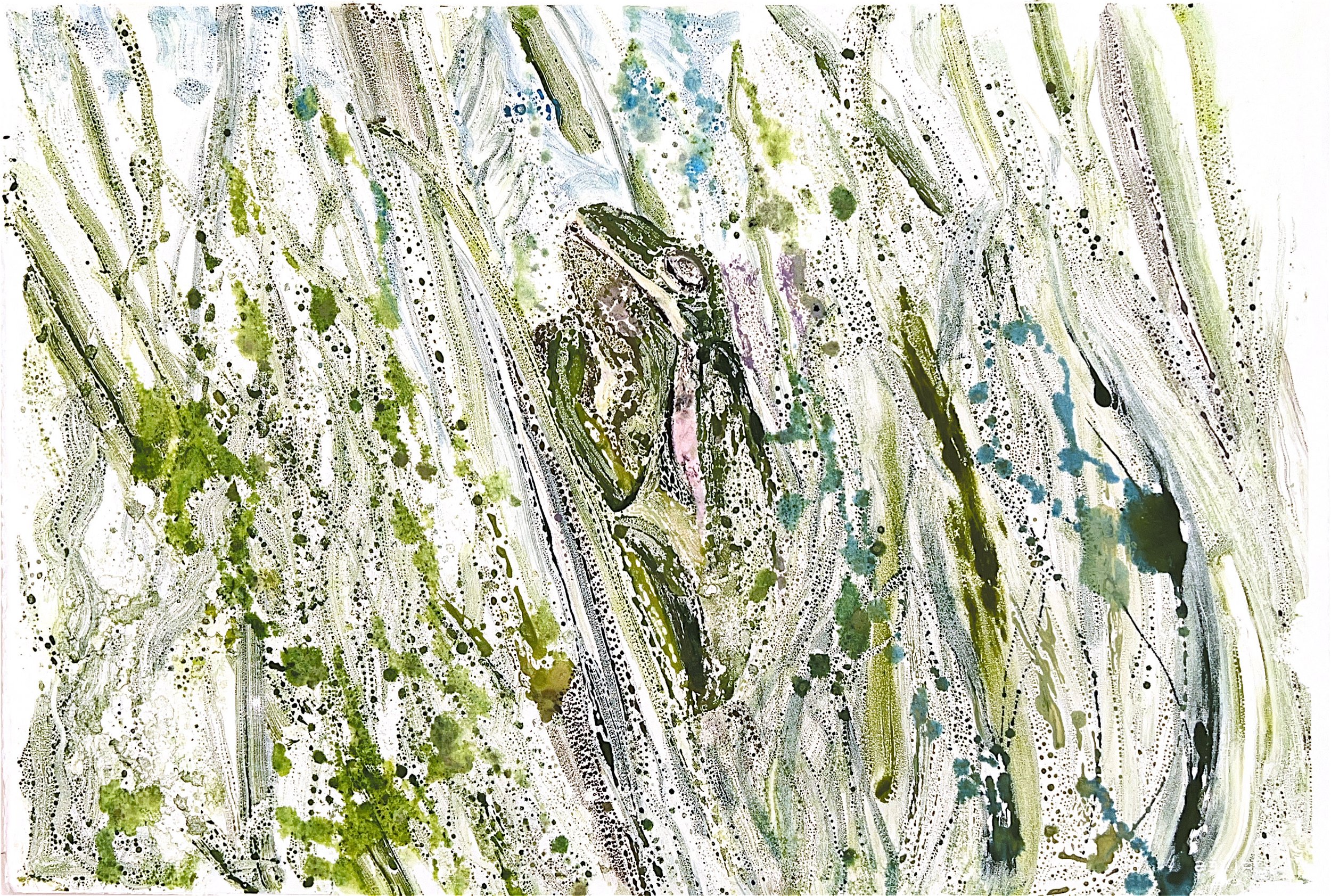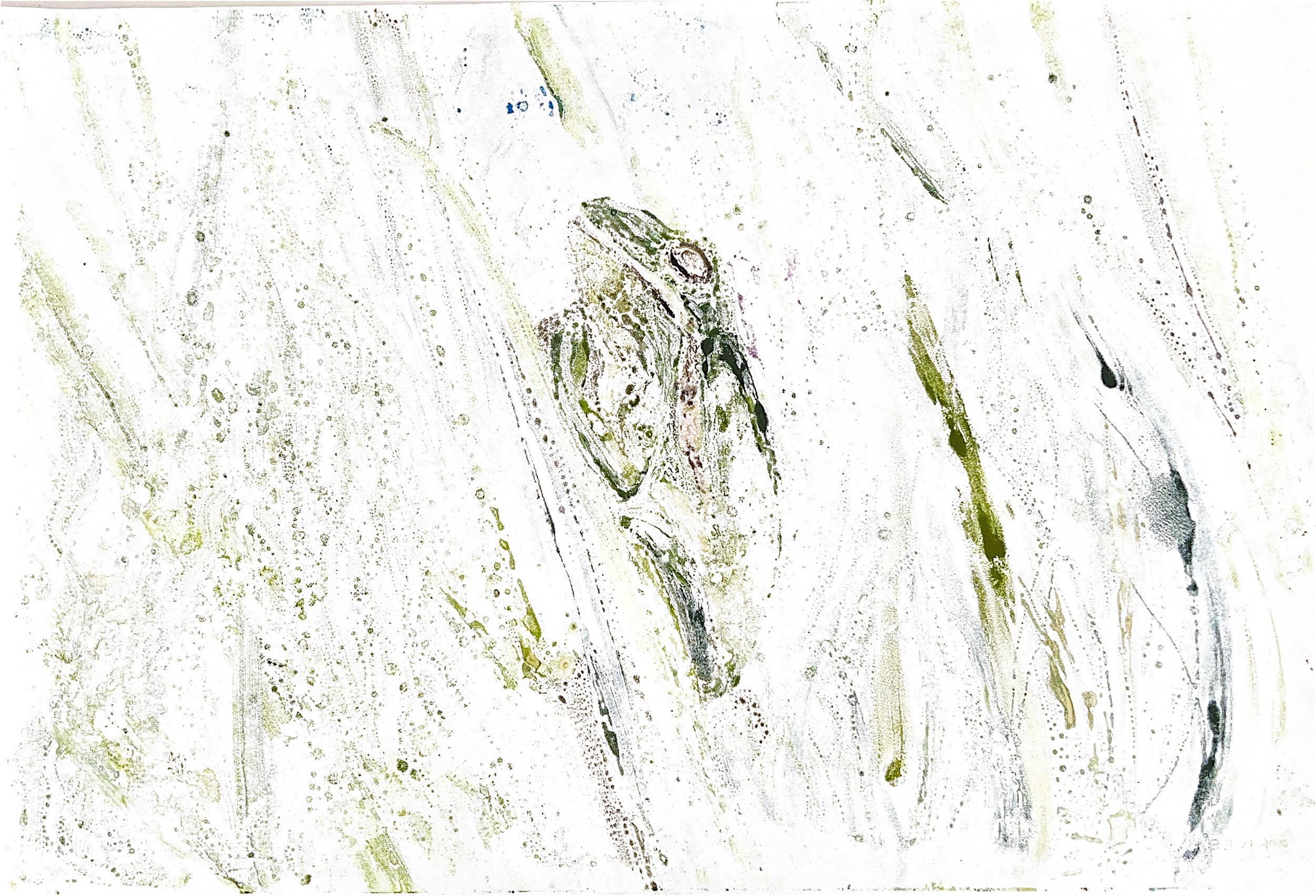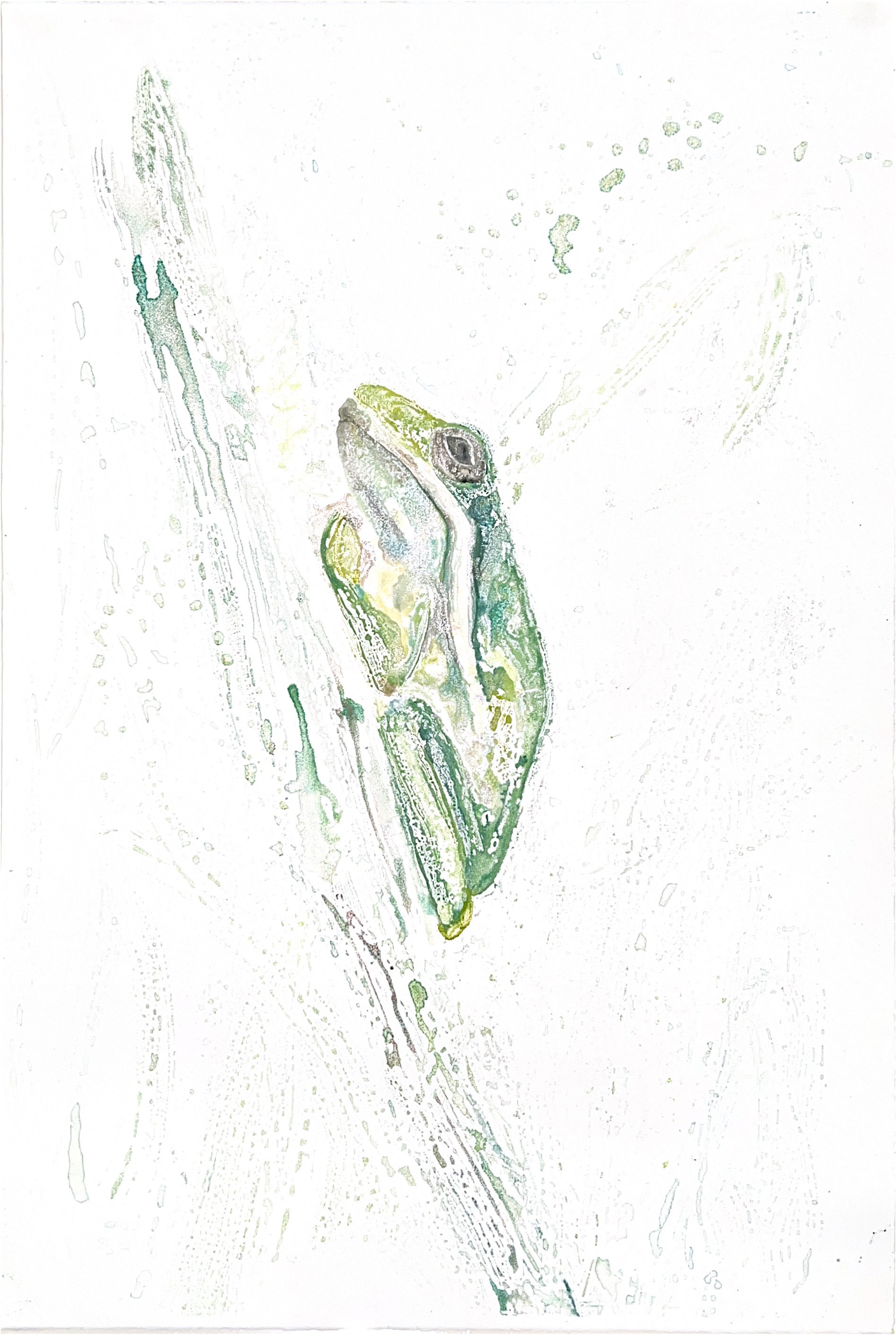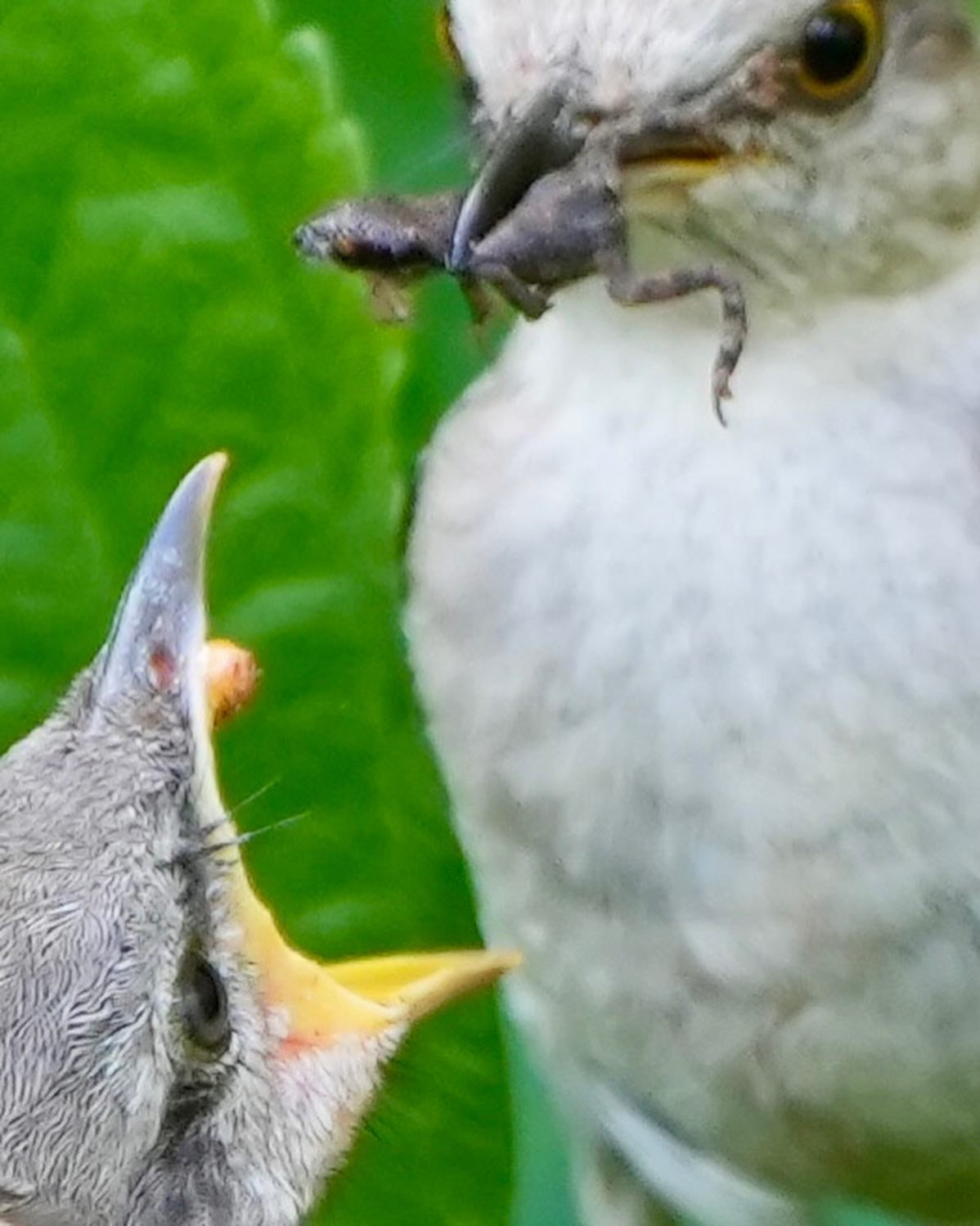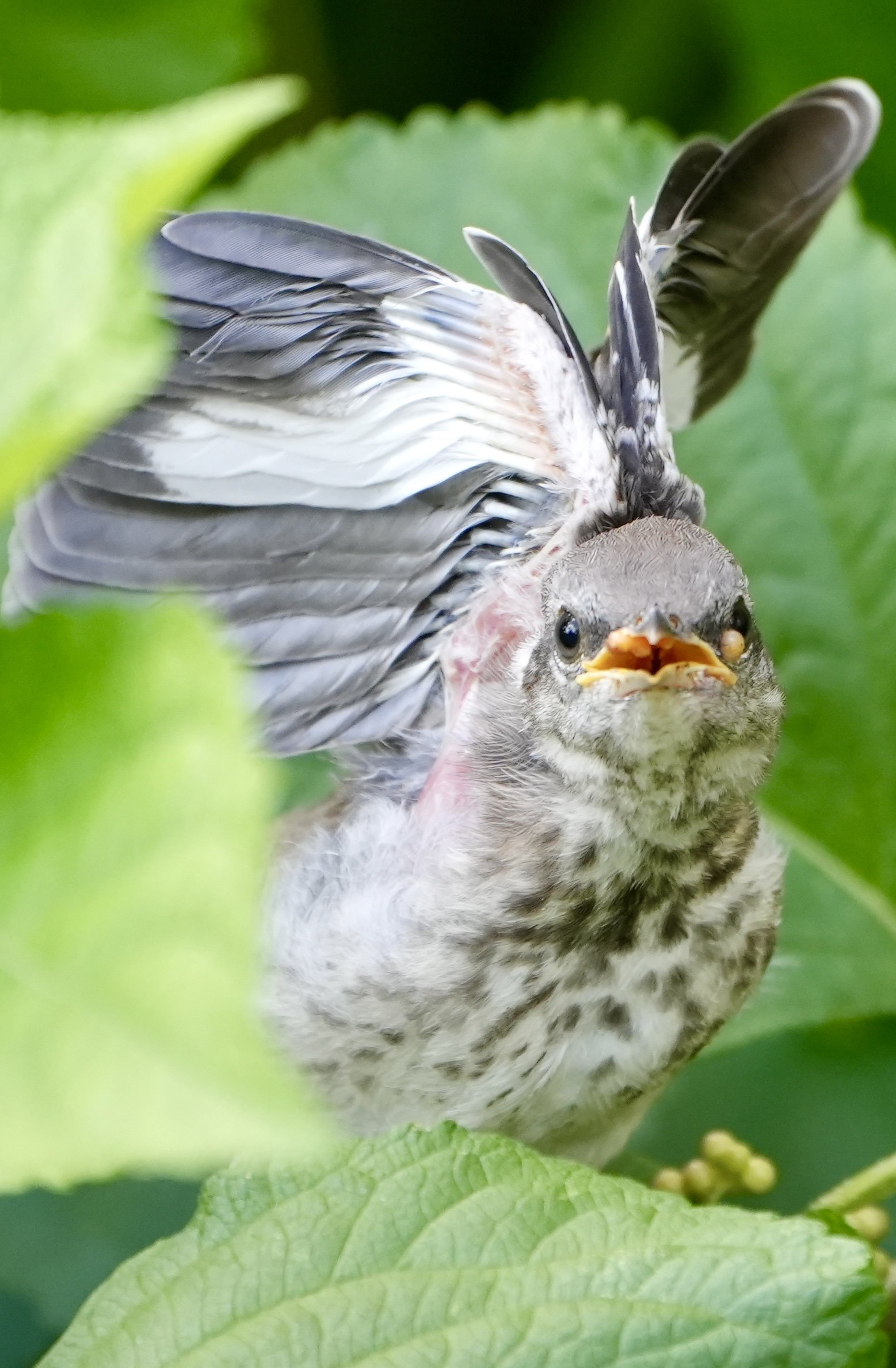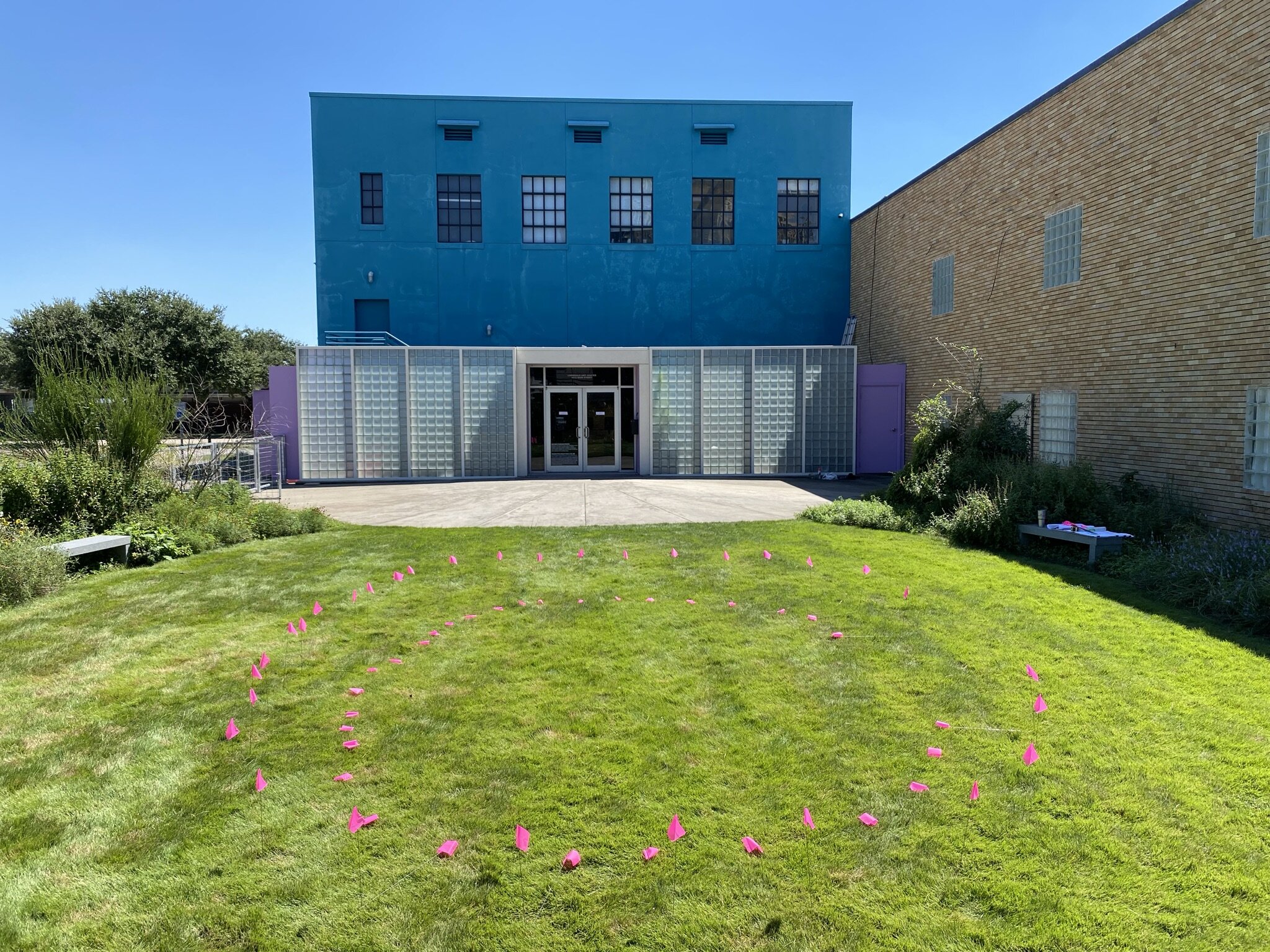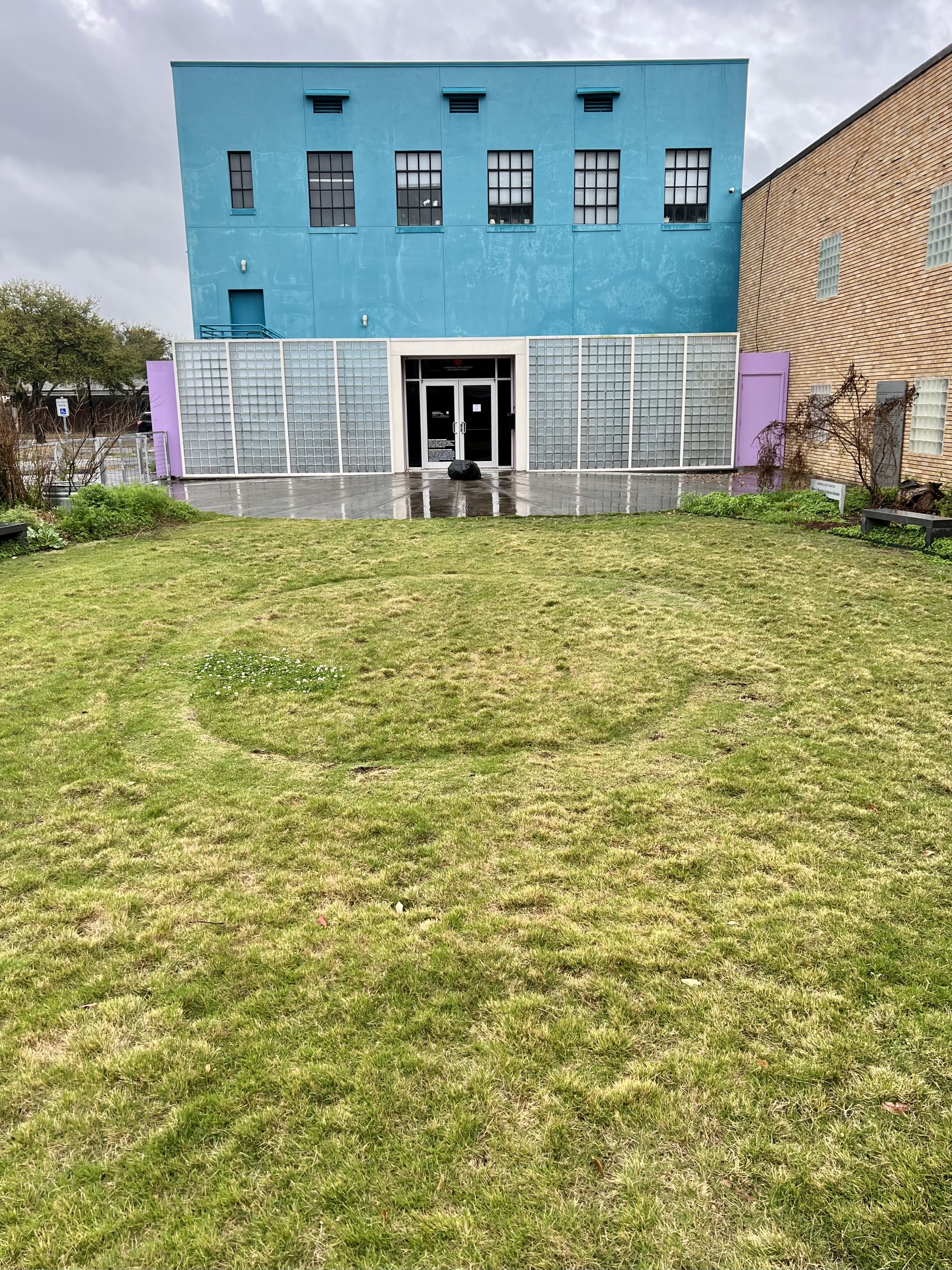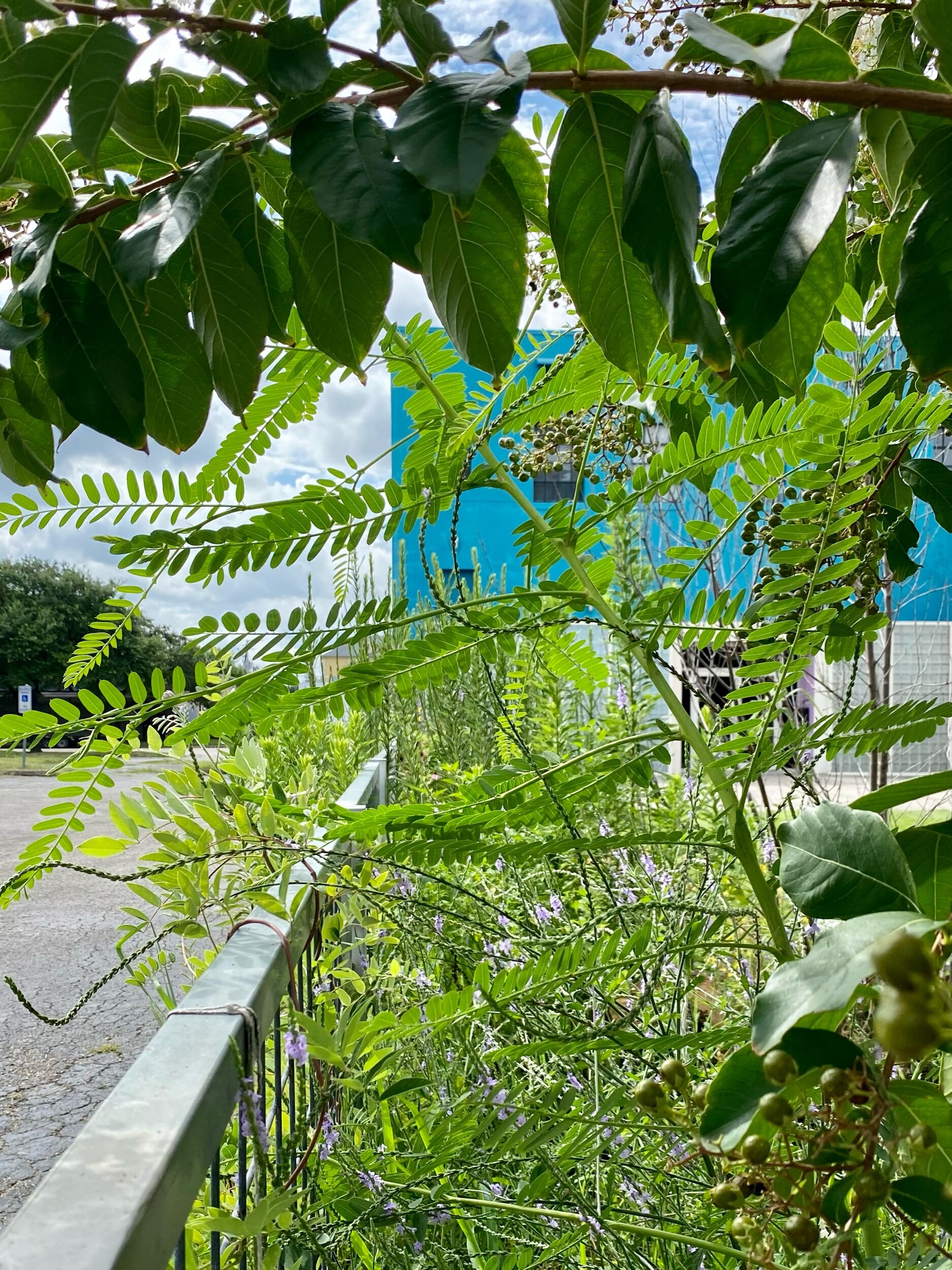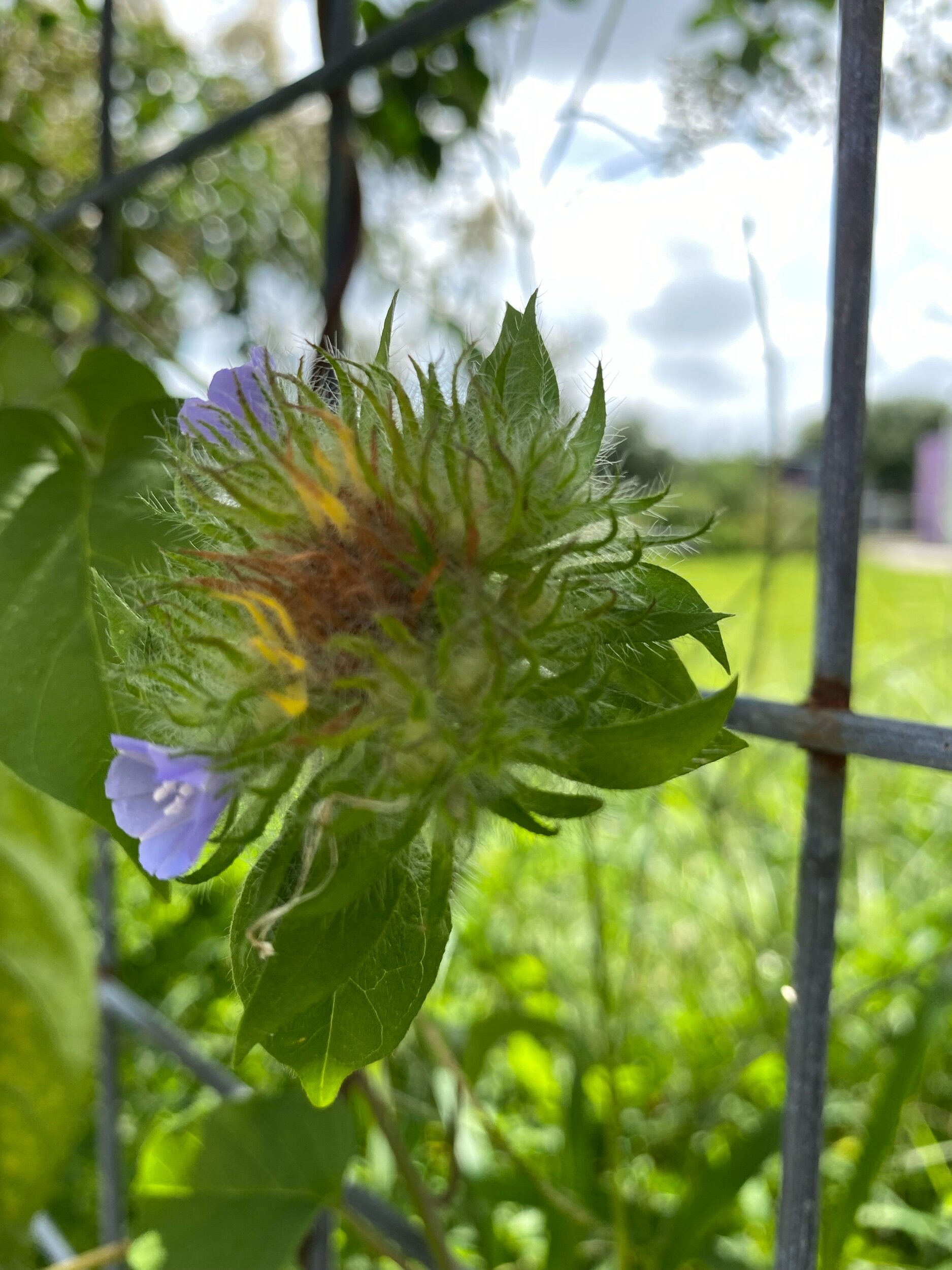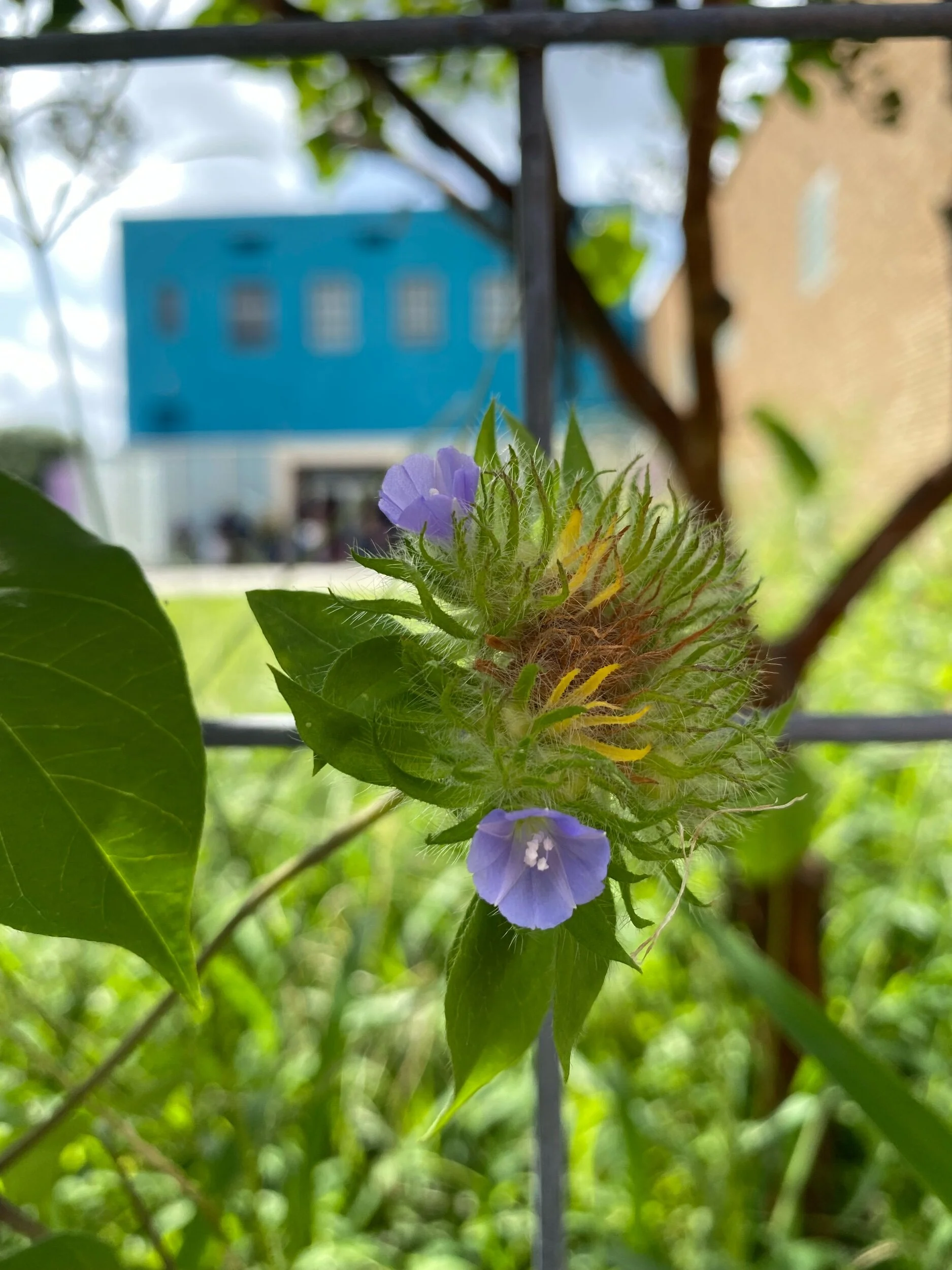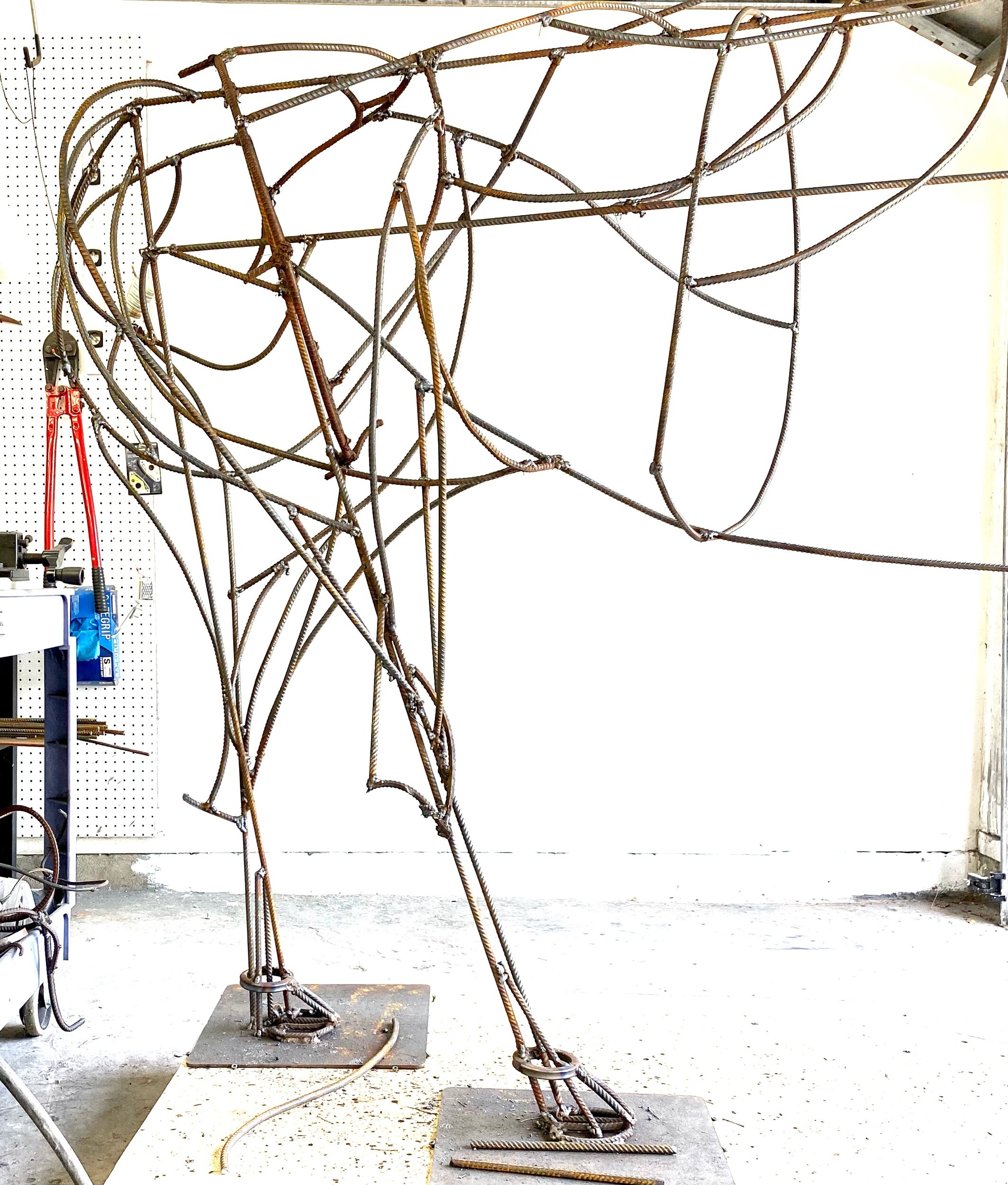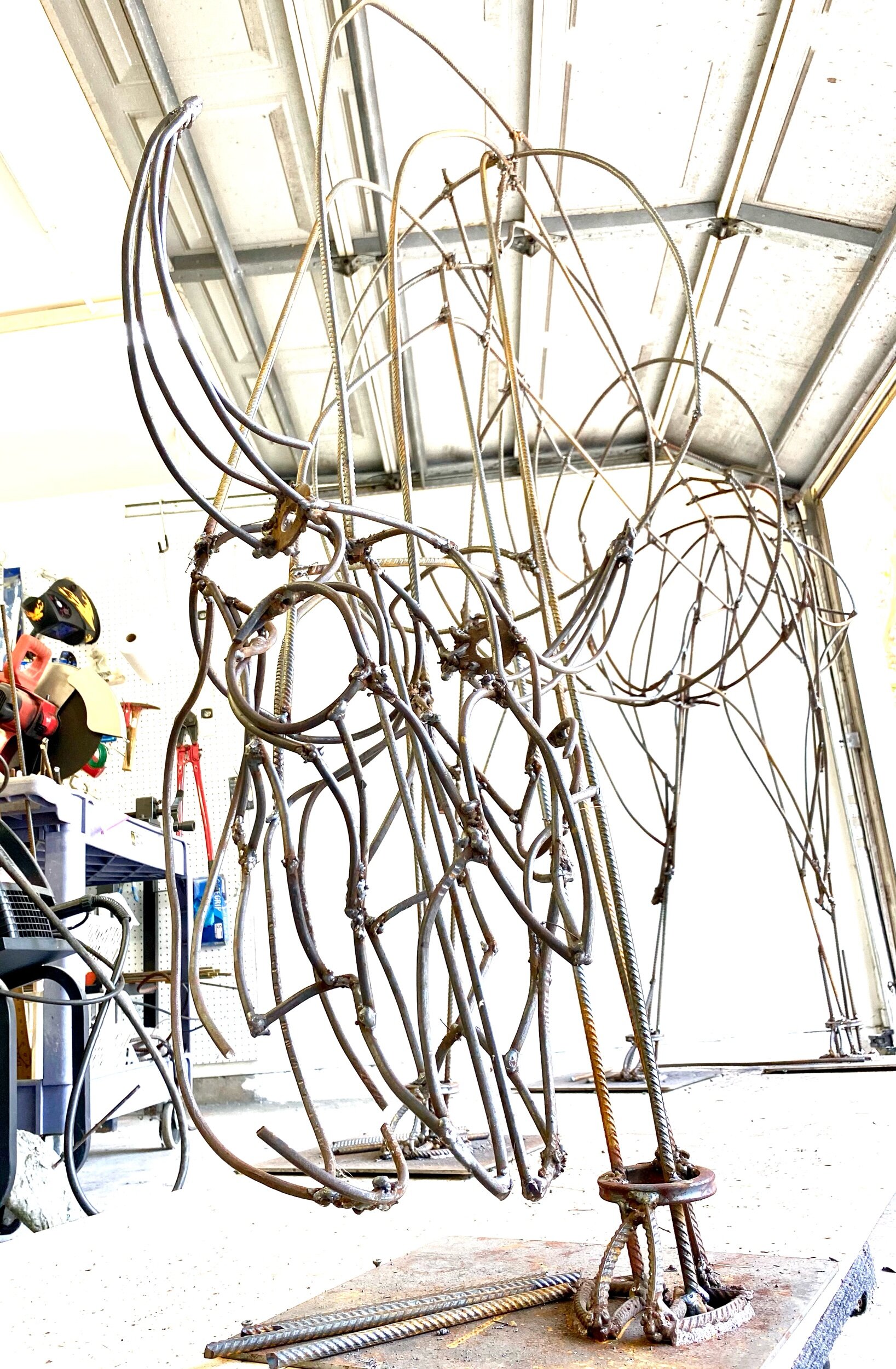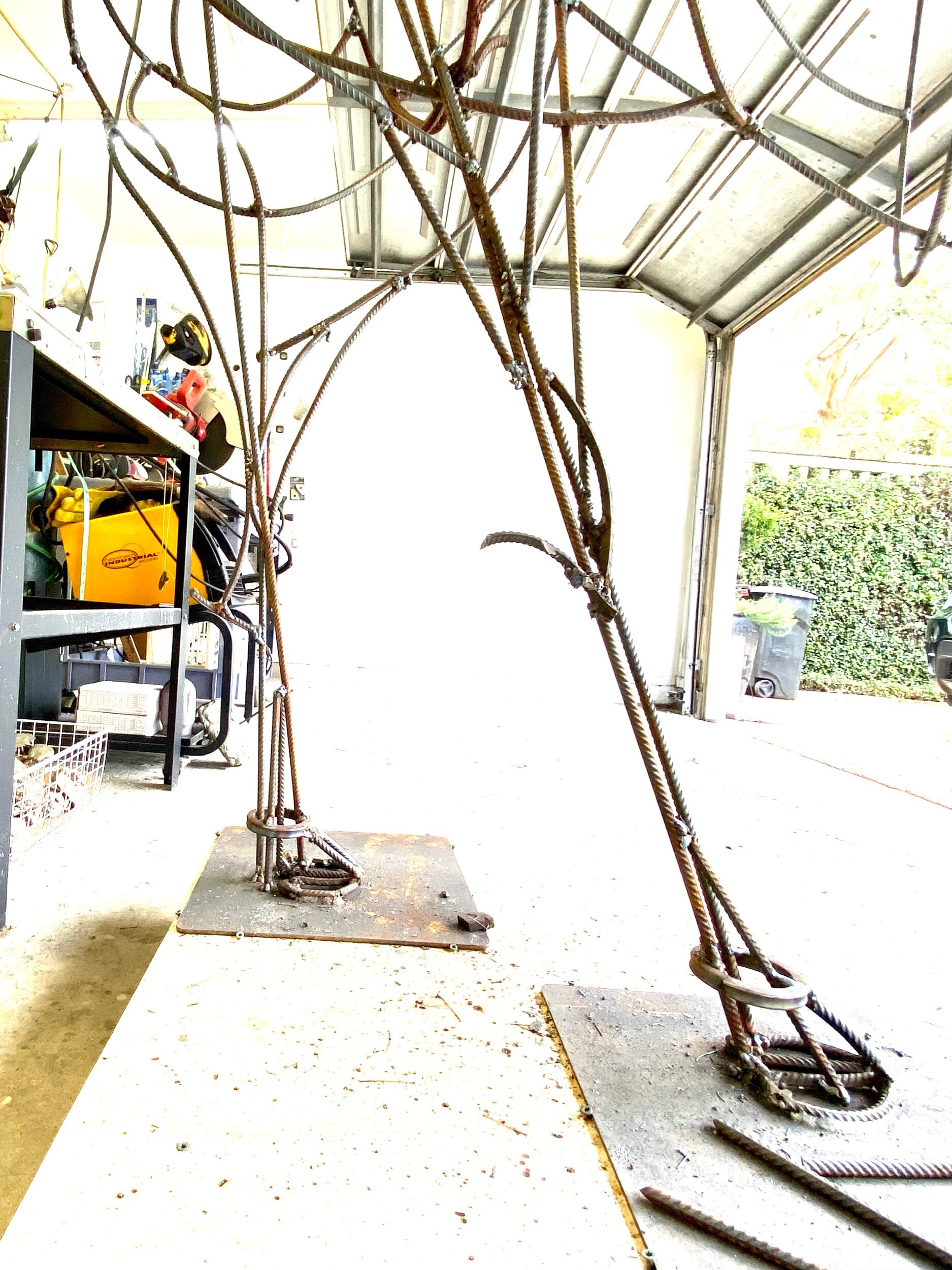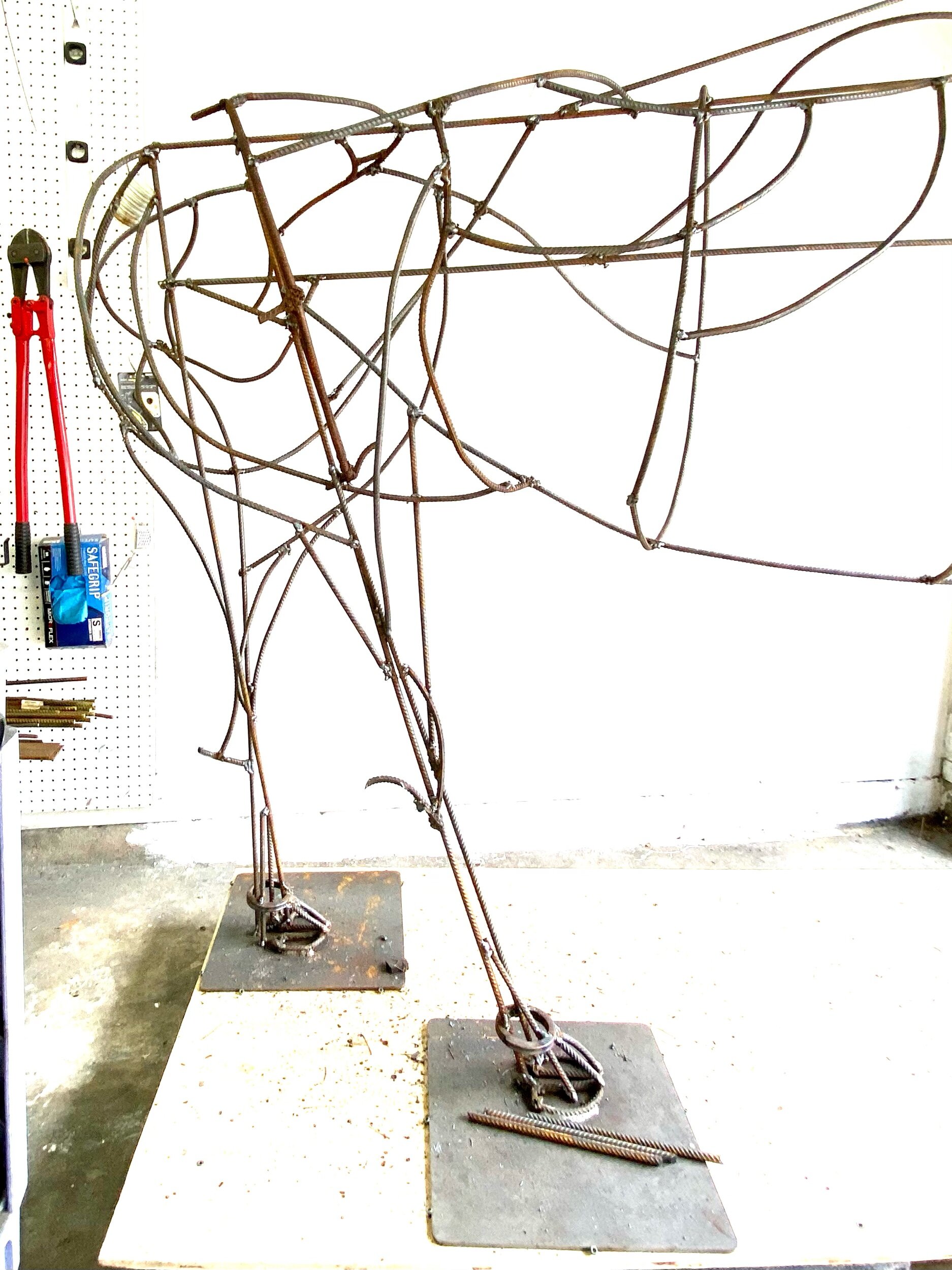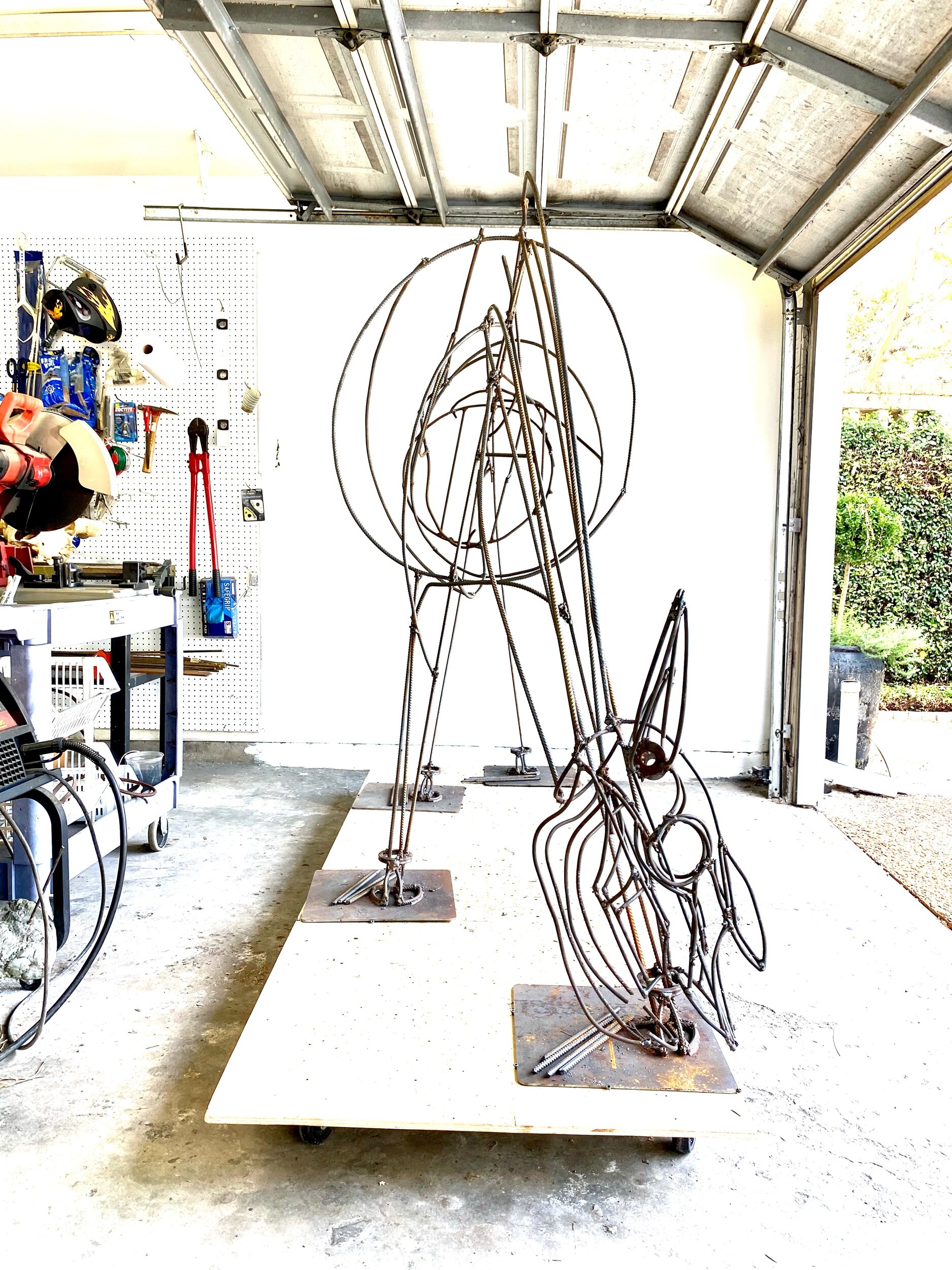As I prepare for my upcoming living sculpture titled "Sequel," I had the opportunity to explore the prairie ecosystems at Pierce Ranch. The morning started with collecting prairie seeds, which is a vital step in bringing my sculpture to life. To enhance my understanding of these ecosystems and find the most viable seeds, I reached out to a local prairie conservationist who has been instrumental in restoring numerous prairies, notably preserving the Katy Prairie. Collecting seeds is much like eating crawfish, proven to be a catalyst for engaging and enlightening dialogue.
The insights I gained from this exchange confirmed my concerns regarding land preservation. It might surprise and disturb you to learn that the most vibrant and diverse prairies aren't necessarily those that are protected. Rather, they are the prairies that have embraced a more dynamic relationship with the land through careful ranching practices and thrive with life and diversity.
Historically, the natural balance between predators and prey shaped these ecosystems. Predators once hunted freely, guiding the movements of herbivore herds, naturally managing the consumption of vegetation (energy) and the dispersal of organic matter in the form of dung, returning energy back into the soil. However, human intervention led to the decline of these predators, overgrazing, and the desertification of ranchlands. Modern-day ranchers have learned to adapt by using portable fences to mimic these natural movements. This modern adaptation sustains the prairie as a healthy ecosystem, supporting numerous bird species and wildlife.
Through this blog post, I hope to reach an audience unaware of the critical role of ruminants in preserving and revitalizing prairie ecosystems. It's not merely about protecting a static image of nature but understanding and fostering the dynamic relationships that sustain it. The prairies are a testament to the resilience and complexity of life when allowed to interact naturally, even within the framework of sustainable human practices.
It's exhilarating to see how this knowledge aligns with my artistic vision. The conversations I've had and the observations I've made will undoubtedly enrich the narrative and structure of my living sculpture. The prairie seeds are not just components of my work; they symbolize a deeper understanding of ecological balance and the beauty of a thriving ecosystem. They are a source of energy and knowledge, a way to repay the planet.
As I continue this creative process, conversations with friends and experts will remain the cornerstone of my inspiration. In sharing these insights, I hope to foster a broader appreciation for the nuances of prairie conservation and the subtle yet profound ways we can contribute to preserving our natural world.
I leave you with questions that modern society must consider: How can ruminant populations be managed in the absence of predators? What are the consequences of not culling herds? What does the future cycle of life entail?






